NitorAqua Primer Application.
- Dilution: 15-20% with distilled water, alcohol, or solvent. The ratio will depend on the type of spray gun and its setup. We recommend using a spray gun with a nozzle size of 1.7 or larger.
- Wood Preparation: The wood should be uniform and free of imperfections. Sand progressively (240-400-800 grit) always in the direction of the grain.
- Application: Apply with a spray gun in several cross-coats until the surface is fully covered, avoiding applying too much product to prevent runs or sags. Once dry, sand with P400 grit to ensure adhesion and level the surface, then apply a new coat.
Repeat the process until the surface is completely smooth and free of imperfections, ensuring the wood grain is filled.
Water-based products have a whitish colour which disappears when dry.
- Drying Time: Allow at least 7-8 hours between coats. Final drying is achieved in 24-48 hours.
Application of NitorAqua Primer with a foam brush:
- Mix the NitorAqua Primer (60%) with water or distilled water (40%) in a container.
- Shake well to incorporate and spread using a foam brush in the direction of the wood grain. Once the entire surface of the guitar is covered, allow it to dry for between 4 and 6 hours.
- Sand with P800 to level the surface and apply a new coat of NitorAqua Primer. Repeat this process until the pore is covered.
- At this point, the surface will be ready to start applying the coats of NitorAqua lacquer.
What is a Primer?
Primers refer to the layers of varnish applied as preparation for the finish, including various meanings such as sealers, grain fillers, etc. Primer varnishes are very important in the guitar varnishing process. If we want a final finish of the highest quality on our instrument, it is important to use a primer. The characteristics of a primer are transparency, elasticity, easy sanding, levelling, filling capacity, and fast drying.
Functions of Primers:
The main function of these primer varnishes is to fill and cover the grain or small imperfections the wood may have, with the aim of obtaining uniform and level surfaces. As a general rule, these priming varnishes should be formulated with agents that facilitate sanding with maximum transparency if they are clear varnishes and with maximum elasticity so they do not crack if they are white varnishes.
They should have sufficient capacity to adequately cover surfaces and dry quickly, as these are layers that must be sanded before applying the final finish coat.
Properties:
The properties of a primer are ease of sanding and filling power.
Types of Primers:
Primers can come from all families based on their chemical nature; nitrocellulose, polyurethane, and water-based primers.
These primers can also be transparent or white depending on the final manufacturing result. If we want the wood grain to be visible in our finish, we will use a clear primer, and if we want to create a solid or metallic finish, we can use a white primer.

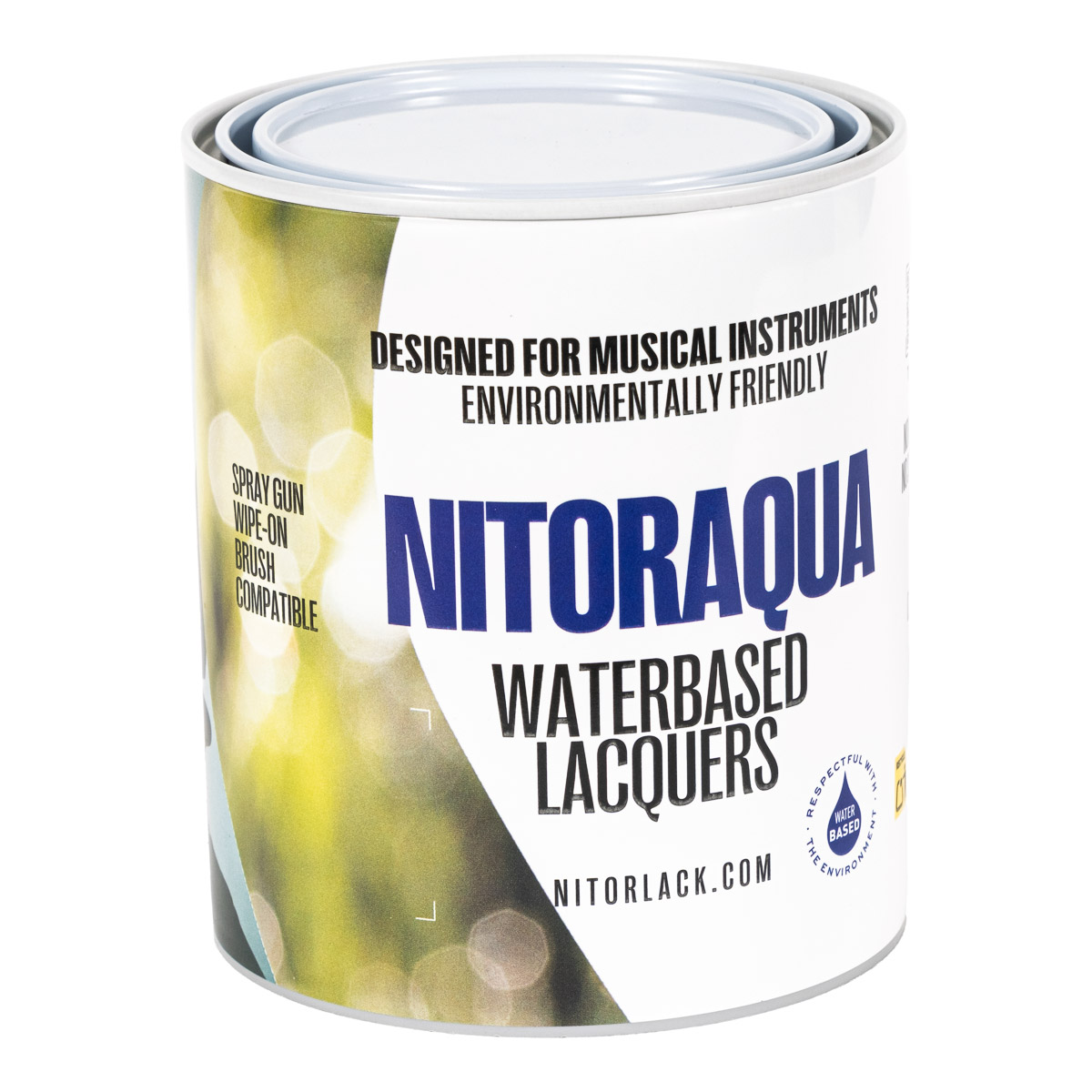
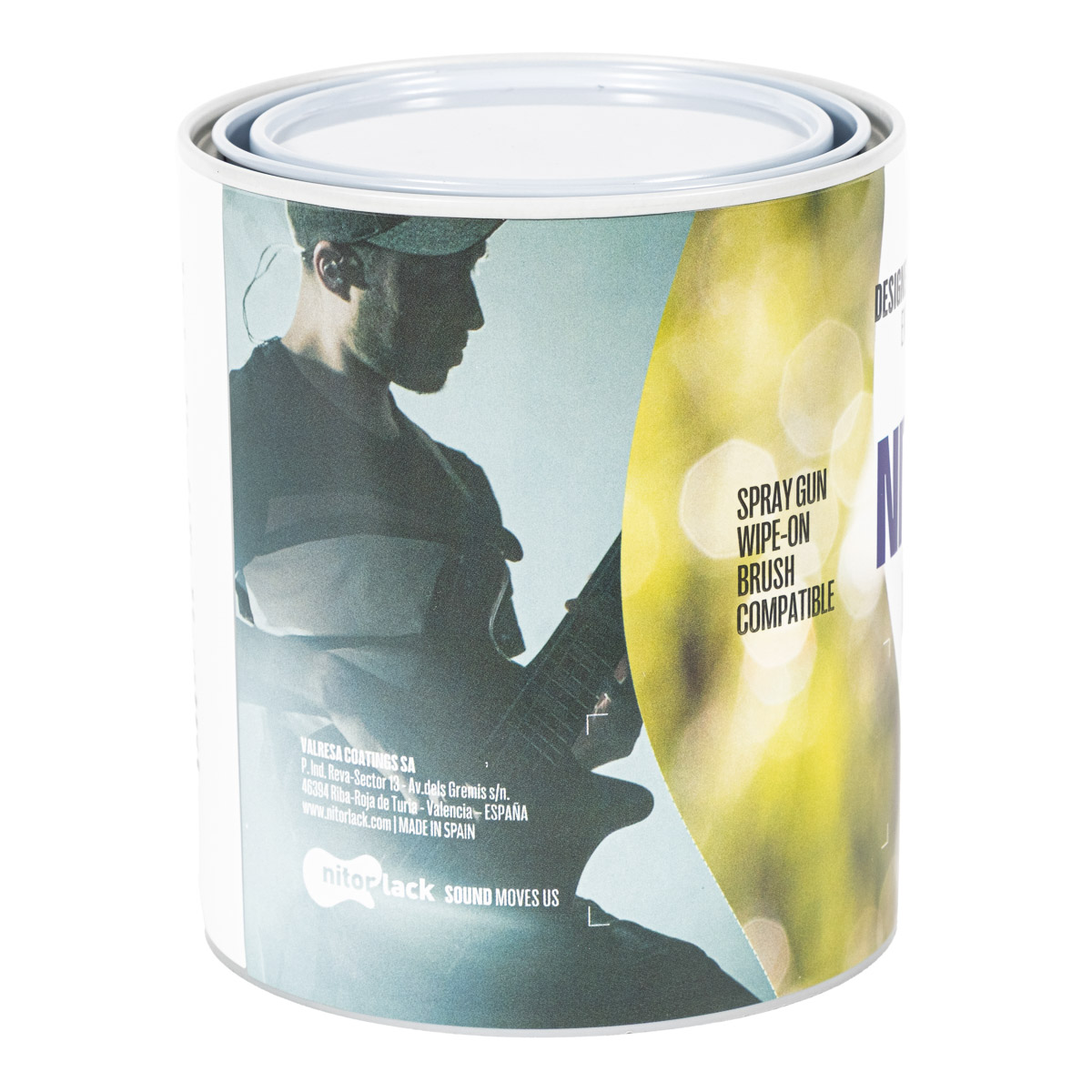
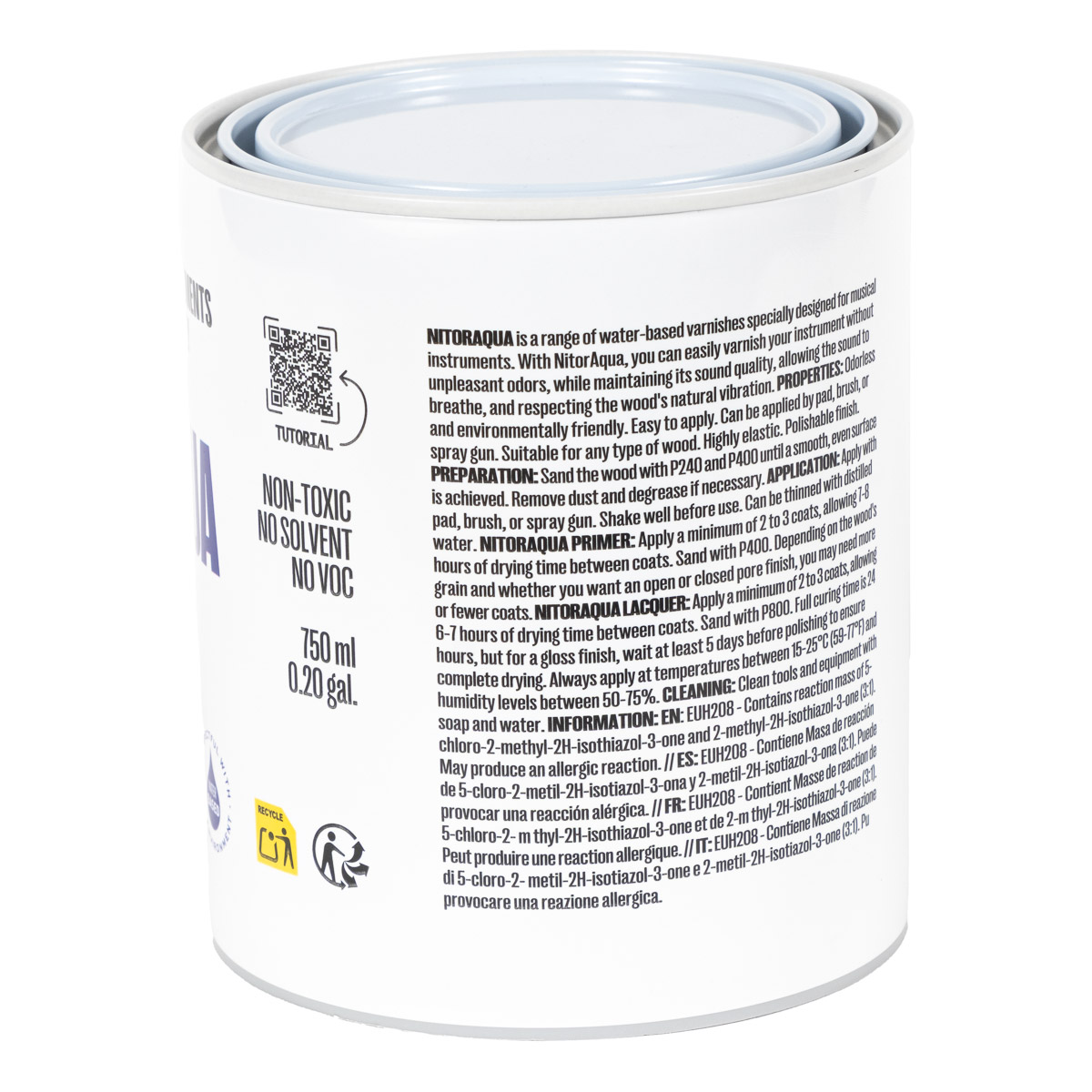
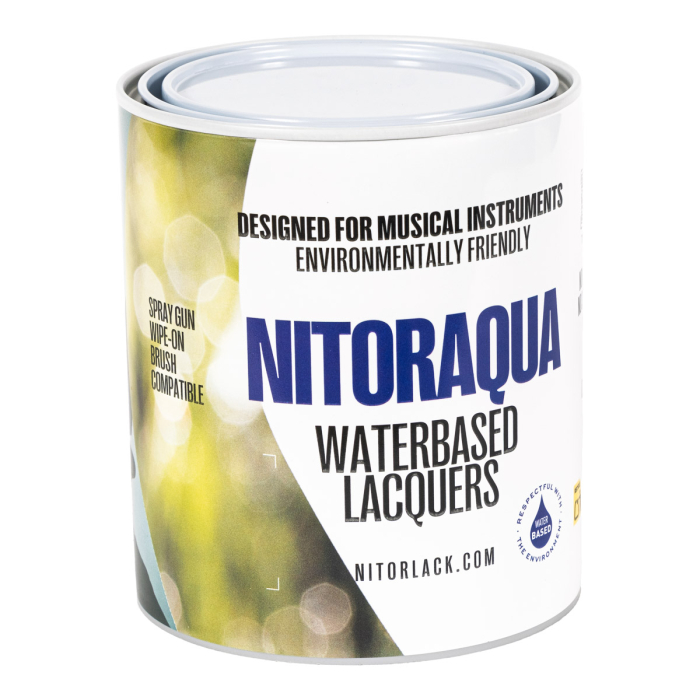
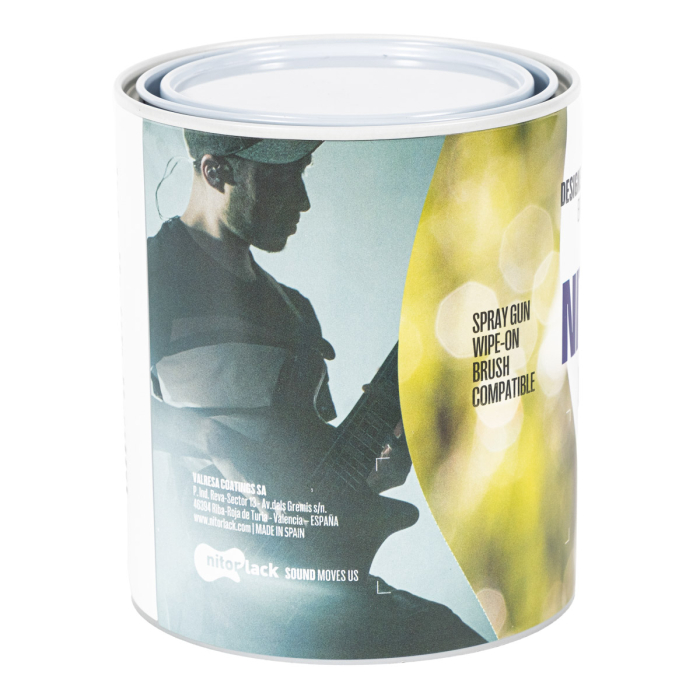
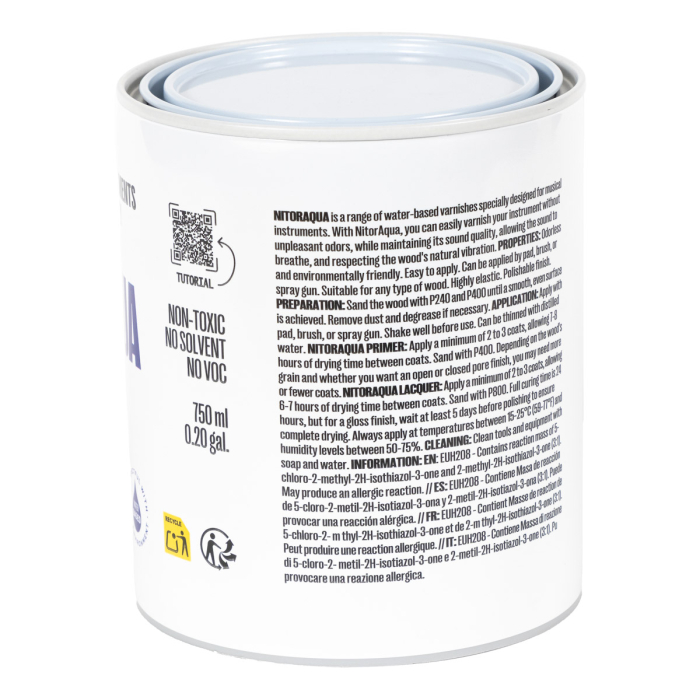
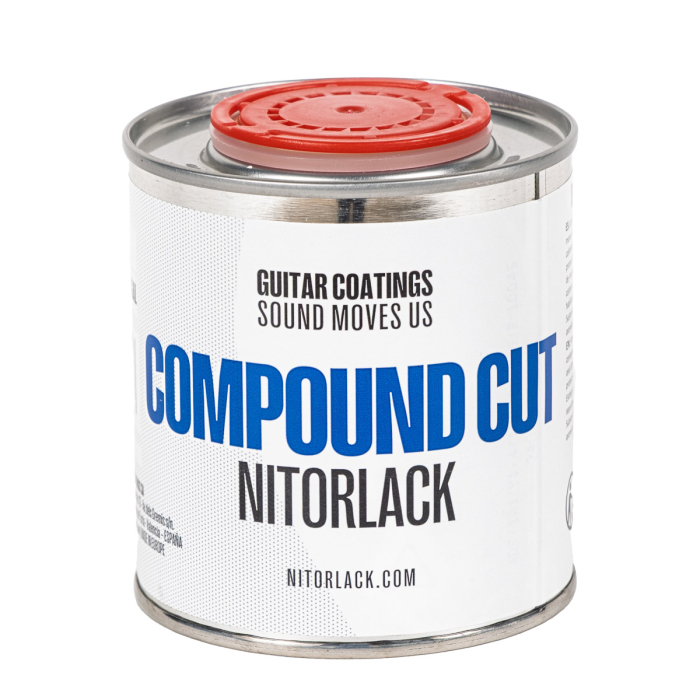
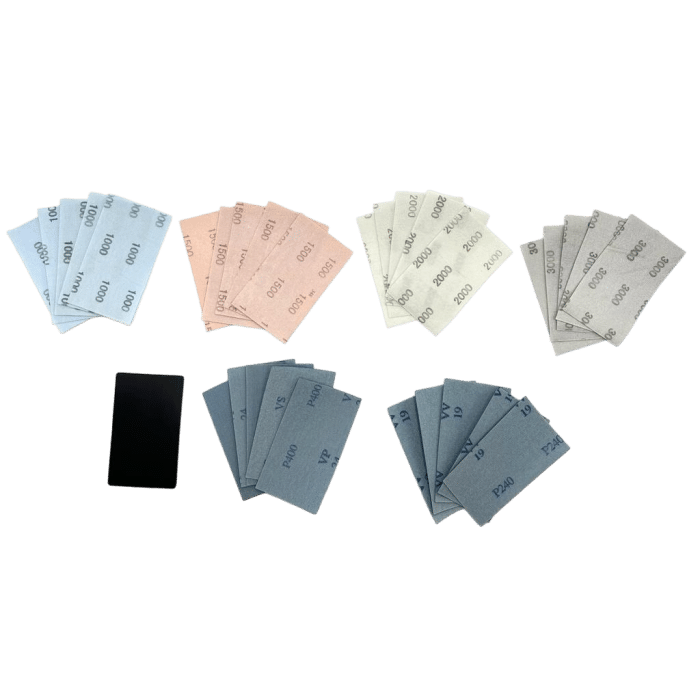
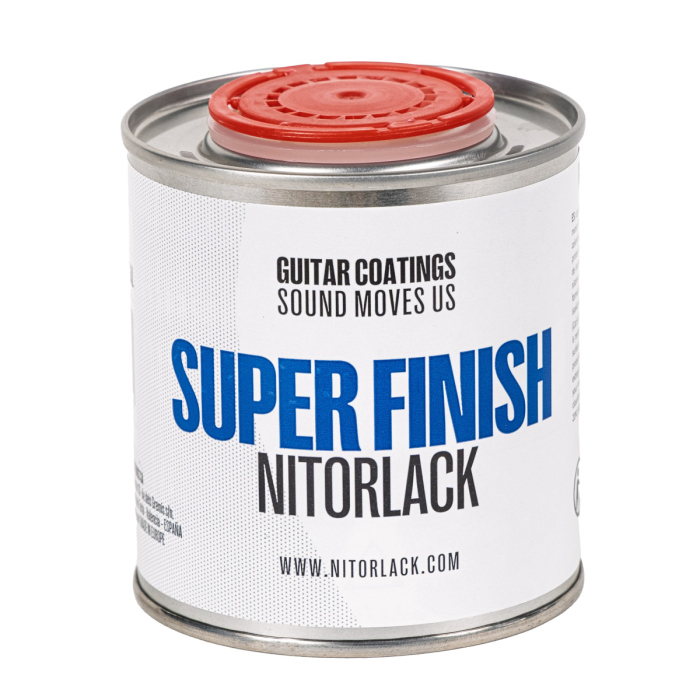

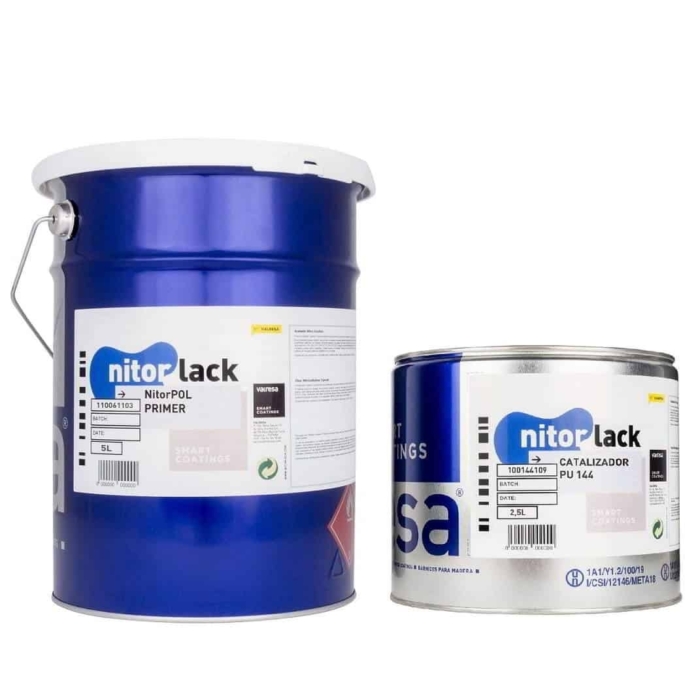
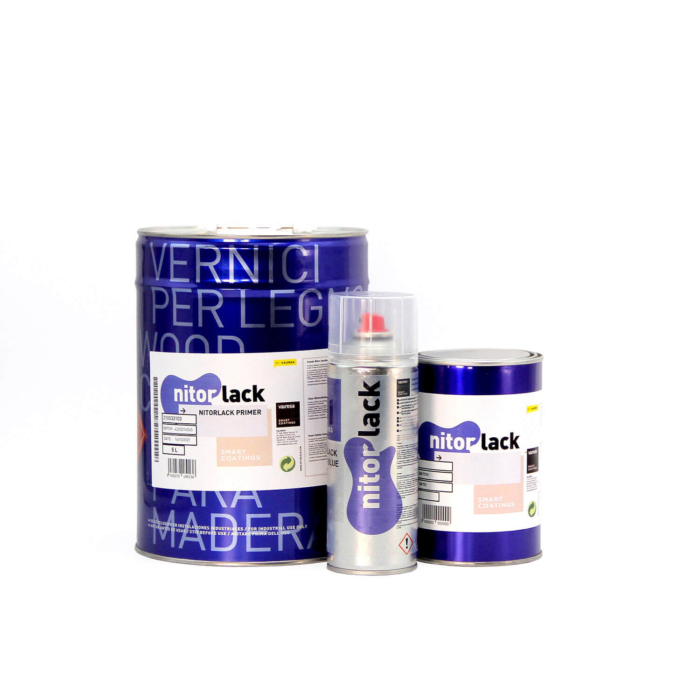
Benjamin (verified owner) –
Dario Larosa (verified owner) –
Maurizio V. (verified owner) –
Davvero ottimo
M M. (verified owner) –
Easy to apply and dilute with acrylic thinner. Flows well and dries fast.
Spreutels V. (verified owner) –
The perfect primer really easy to sand and a good filling power.
Pierre Guitarservice ApS – Dubre (verified owner) –
Excelent..! best product ever.. 🙂
DURAN (verified owner) –
Rémi Langlumé (verified owner) –
Simple d’utilisation avec un pistolet buse 1,4 dilution 5% d’eau 2 couches séparées de 24h avec ponçage 250 puis 500
Anónimo (verified owner) –
Muy buen producto. Se aplica y trabaja bien, apenas desprende olores y seca muy rápido. Ampliaría el tutorial de aplicación con mas detalles, videos y trucos para arreglar errores como descuelgues, o marcas de polvo… para novatos como yo eso seria de mucha ayuda…
Giedrius K. (verified owner) –
Very good primer gives white colour and great sanding. Easy to handle in home conditions because there is no odour. Recommend!
Christoph Schulze (verified owner) –
Eliseo X. Zaera (verified owner) –
Muy fácil de aplicar
Peter Sebo (verified owner) –
This primer is not completely transparent when dry so it did not work for my application – finishing of acoustic guitars. But I can imagine using it whenever completely clear finish is not required.
Jérôme VitellaJérome (verified owner) –
Arne Kühr (verified owner) –